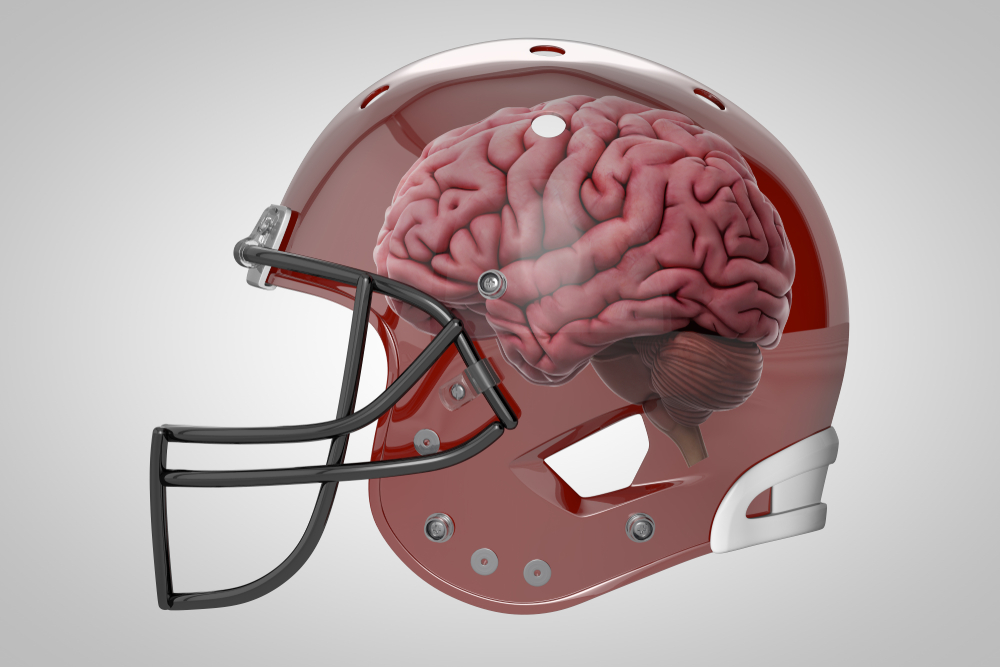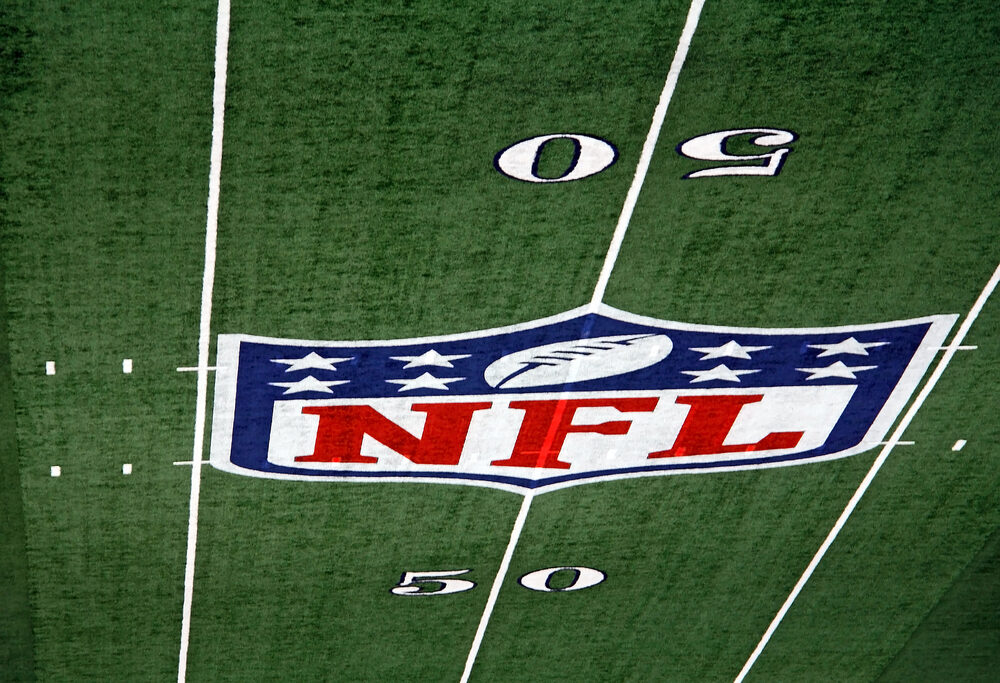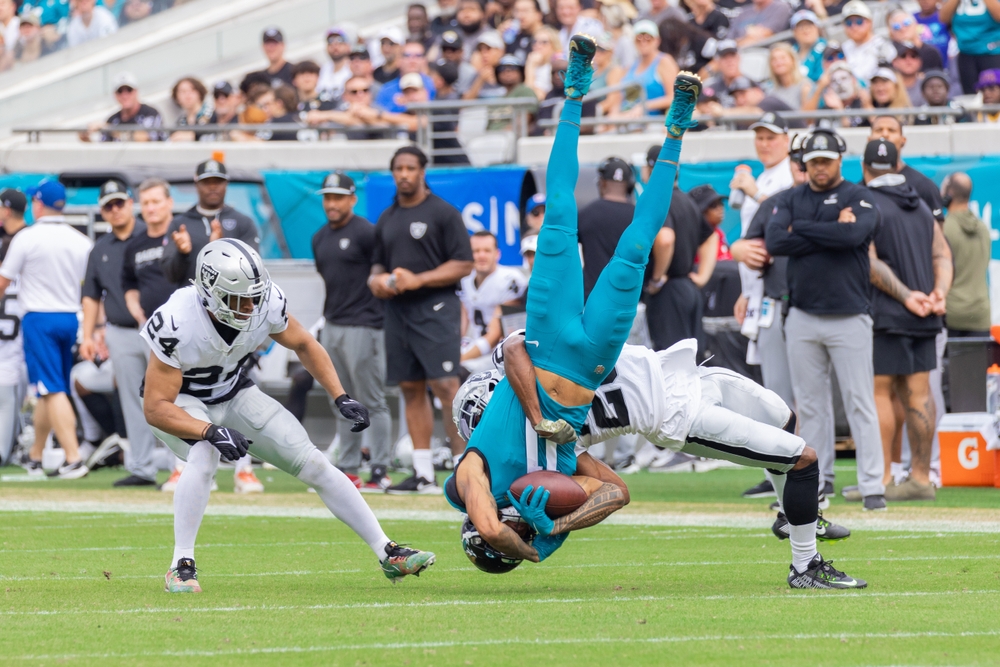Mishandling of Head Injuries Can Have Long-Term Effects
Within the first month of the National Football League’s regular season, Tua Tagovailoa, the starting quarterback for the Miami Dolphins, suffered serious blows to his head – twice – within four days.
The incidents reignited a conversation that began several years ago. It involves the NFL, a multi-million dollar operation, and the League’s players who easily fall victim to brain injuries and the fear that the league does not protect its own.

Despite Legal Action, Brain Injuries Continue
In 2013, the NFL agreed to pay a $765 million settlement to more than 4,000 former NFL players due to brain injuries they sustained while playing football. The settlement occurred after Ray Easterling, a safety for the Atlanta Falcons, sued the League in 2011. Shortly after he took legal action, the other victims joined. Unfortunately, Easterling, who suffered from chronic traumatic encephalopathy (CTE), a degenerative brain disease associated with repeated blows to the head, committed suicide before the settlement was announced. The original settlement was rejected because the judge didn’t feel the amount would cover the projected costs. A settlement was eventually approved in 2015 with an expected cost of nearly $1 billion dollars for the NFL over the next 65 years
The hope was that the settlement money would be used by victims, many of whom have dementia, Alzheimer’s disease, and Parkinson’s disease, to cover medical expenses, long-term healthcare needs, lost wages, and future earnings while bringing more attention to the NFL’s shortcomings. The settlement was a positive step. However, the NFL continues to have issues protecting players.
The Tagovailoa Situation: While Difficult to Diagnose, Head Injuries Can’t Be Ignored
First, on Sept. 25, during the second quarter of the Miami Dolphins-Buffalo Bills game, Tagovailoa suffered a powerful hit to the back of his head when he was forced to the ground by linebacker Matt Milano. As viewers watched on national television, he stumbled while attempting to get up and walk forward.
To the surprise of many, Tagovalioa was allowed to return to the game after moving through the required “concussion protocol” after halftime.
While he led the Dolphins to a victory over the Bills, the incident involving the 24-year-old did not go unnoticed by the NFL Players Association, which swiftly opened an investigation to determine whether the protocol was followed correctly.
However, before investigators could complete their work, Tagovailoa was injured again during the Sept. 29 matchup against the Cincinnati Bengals. In Ohio, he suffered another severe hit while being sacked by Bengals defensive lineman Josh Tupou.
This time he was removed from the field on a stretcher and taken to a Cincinnati hospital to begin a recovery process.
He would remain on the injured list for almost one month before returning to the field last night.
Official Actions Resulting from the NFLPA Investigation
On Oct. 1, the NFLPA announced that the doctor who evaluated Tagovailoa during the Bills game (officially known as a League unaffiliated neurotrauma consultant) was dismissed due to the decision to let Tagovailoa re-enter the game.
This was followed up with a joint statement on Oct. 8 from the NFL and the NFLPA announcing an agreement to change the concussion protocol to include another symptom known as “ataxia.” Ataxia is the “abnormality of balance/stability, motor coordination or dysfunctional speech caused by a neurological issue,” according to the statement. In the future, when a player exhibits ataxia, as Tagovailoa did during the Bills game, he will be prohibited from returning to play.
Brain Injuries Are Also A Common Occurrence Off the Football Field
While NFL players garner the national spotlight, countless individuals across the country sustain head injuries every day. While some heal easily, at least 5.3 million Americans – roughly one in 60 people – live with a severe traumatic brain injury-related disability. Along with football (and other contact sports, including soccer and hockey), the main causes of these types of injuries include car accidents, slip and fall accidents, and even rough child’s play.
Because they can worsen over time, people need to be able to recognize the symptoms of a brain injury so that they or someone they love, who has sustained an injury, can begin medical treatment as soon as possible.
Along with stumbling and loss of balance, other symptoms include nausea, headache, loss of consciousness, fluid discharge or bleeding from the head or face, slurred speech, and seizures.
What To Do If You Suspect a Head Injury
If you or someone you are with appears to have suffered a head injury, seek medical help immediately. Once the victim is under a doctor’s care, the injury will be assessed, and a course of treatment will be established. Diagnostic tests, including blood work, EEG, MRI, and CAT scans, may be performed.
Remember, as in Tagovailoa’s case, while a head injury may appear to be something else or mild at first, it can worsen over time. When injured, make sure to seek out medical and legal professional help to determine the best course of action for what could be a difficult road ahead.












